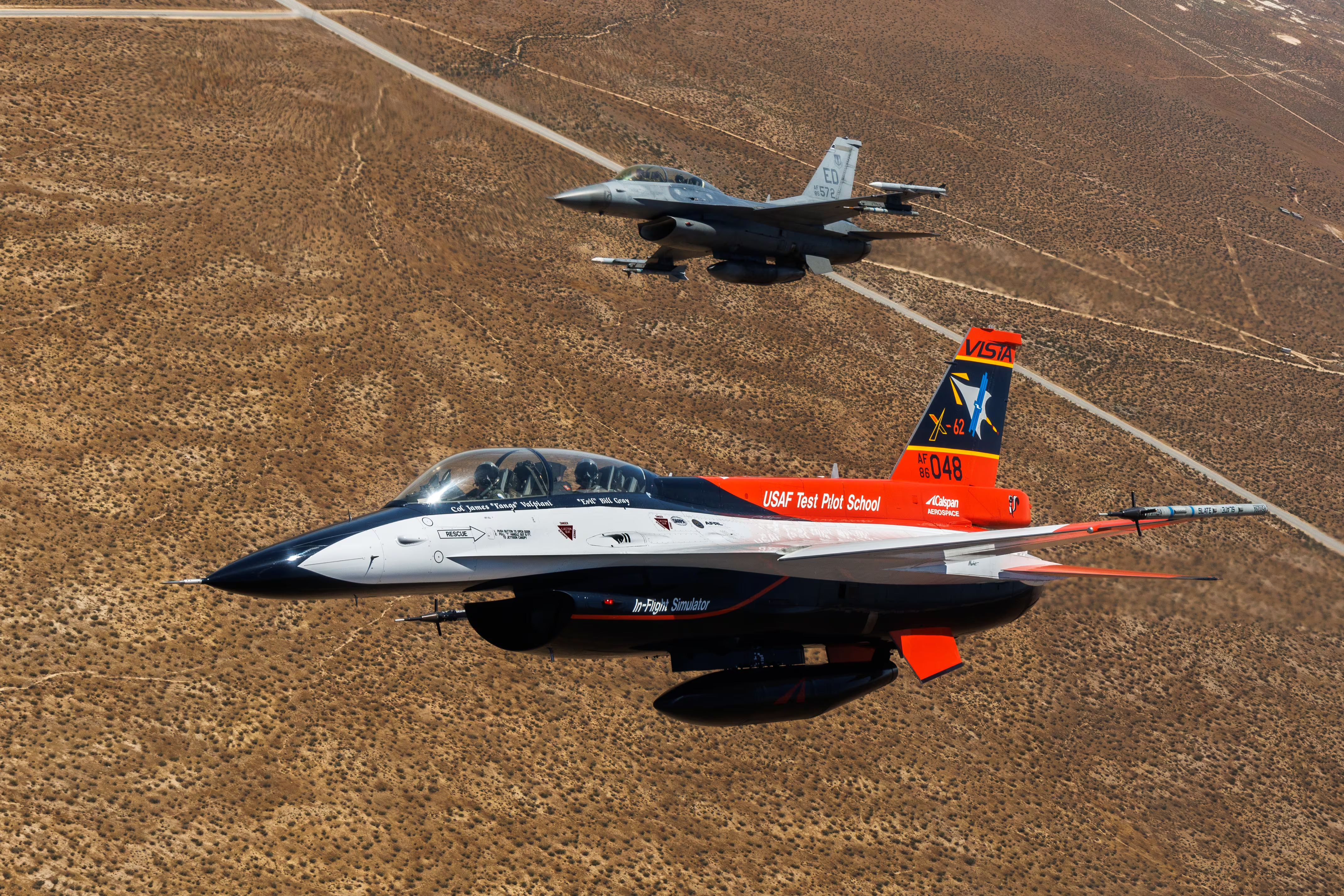WASHINGTON — The U.S. Air Force is interested in installing always-on surveillance systems fueled by artificial intelligence and other advanced computing technology at sites overseen by U.S. Central Command.
In documents published last week, the service sought industry feedback on a potential high-tech “monitoring system” at Al Udeid Air Base, in Qatar, and other undisclosed “forward locations.”
Such a system could dramatically slash the manpower and man-hours needed to keep tabs on foreign workers, an around-the-clock assignment, the Air Force said. Al Udeid is the largest U.S. military base in the Middle East and served as a crucial evacuation hub amid the 2021 Afghanistan withdrawal.
“Force protection personnel deployed across the [area of responsibility] are responsible for watching [other country nationals] work on various projects,” the request for information reads. “This artificial intelligence system would replace the need for in-person monitoring and reduce up to 75% of those billets, enabling USAF resources and force protection assets to be employed against higher priorities.”
Components of the future network will likely include cameras and other hardware, pattern recognition capabilities, automated alerts, geospatial tracking and real-time digital twins, or virtual models designed to reflect the real world. Exactly when a system would be up and running was unclear.
RELATED

The Department of Defense is investing in and relying on AI to boost productivity and augment military operations, including manned-unmanned teaming, intelligence analysis and personnel preparedness. More than 600 AI projects were underway at the department as of early 2021, according to a public tally, with the Air and Space forces together responsible for at least 80.
Air Force Chief Information Officer Lauren Knausenberger in November said the service must “automate more” in order to remain dominant. The speed and flexibility afforded by AI, other U.S. defense officials have said, are needed to maintain an edge over technologically savvy competitors, such as China and Russia.
The Air Force in 2020 deployed AI as a pilot’s sidekick, allowing it to handle sensing and navigation aboard a U-2 Dragon Lady surveillance plane. More recently, AFWERX, an Air Force office in charge of identifying innovative ways to use technology, established a program called Autonomy Prime to learn about autonomous kit the private sector is developing and how the military can apply it, Defense News reported.
The Pentagon’s public spending on AI, including autonomy, rocketed to $2.5 billion in 2021. The figure sat at a little more than $600 million in 2016.
Colin Demarest was a reporter at C4ISRNET, where he covered military networks, cyber and IT. Colin had previously covered the Department of Energy and its National Nuclear Security Administration — namely Cold War cleanup and nuclear weapons development — for a daily newspaper in South Carolina. Colin is also an award-winning photographer.








